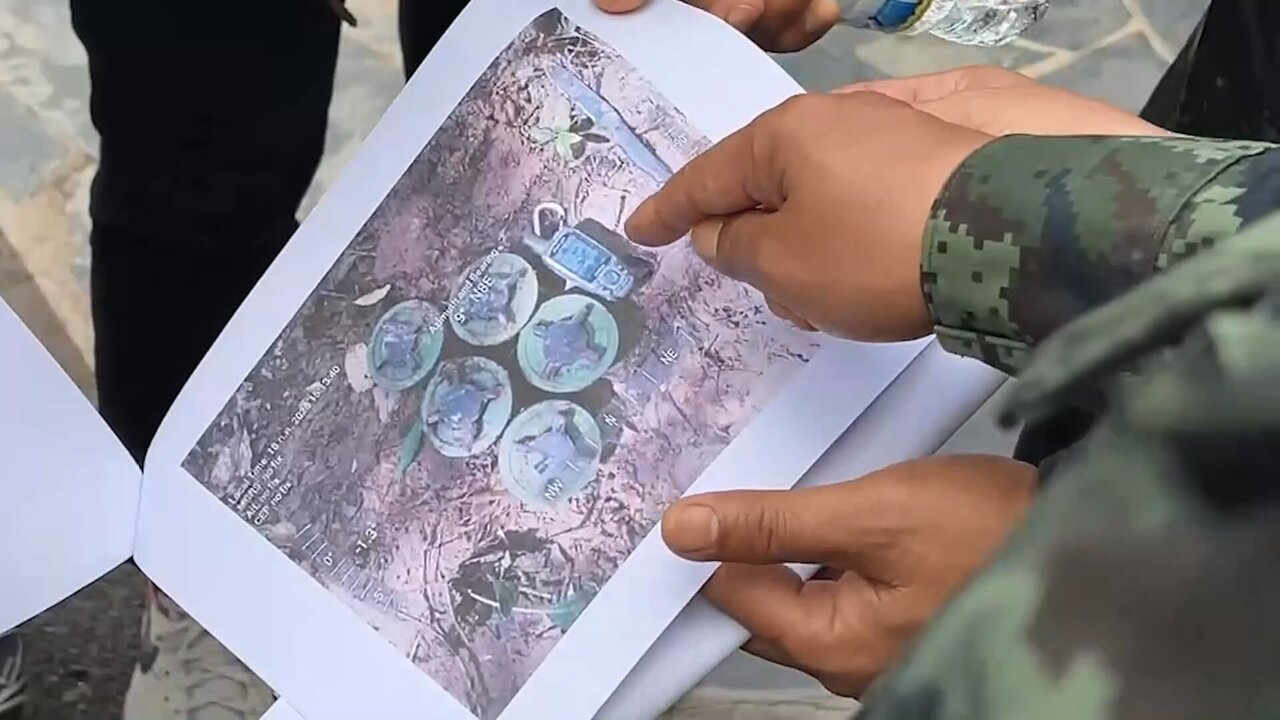White House confirms benign but chronic vein condition common in older adults following visible ankle swelling and hand bruising
The White House publicly disclosed on July 17, 2025 that President Donald Trump, 79, has been diagnosed with chronic venous insufficiency (CVI), a condition characterised by impaired blood flow in the leg veins due to malfunctioning valve structures.
The announcement followed photographs showing swelling around his ankles and bruising on his hand, which was reportedly concealed with cosmetic makeup during recent public appearances.
The bruising has been attributed to repeated handshakes and his daily aspirin regimen, which is used for cardiovascular prevention, according to official briefings.
CVI is a chronic but typically benign condition that does not pose an immediate threat to life.
The diagnosis was reached after Mr Trump underwent diagnostic vascular studies, including bilateral lower extremity Doppler ultrasounds and an echocardiogram.
These assessments ruled out more serious vascular conditions, such as deep vein thrombosis, arterial disease, heart failure, renal impairment or systemic illness.
The president’s medical team concluded that he is not currently experiencing discomfort and remains in overall good health.
CVI arises when vein valves fail to facilitate efficient upward blood flow against gravity, leading to blood pooling in the legs.
The condition is more prevalent in adults over 70, and common risk factors include advanced age, obesity, sedentary lifestyle, pregnancy, prolonged standing or sitting, and genetic predisposition.
It affects tens of millions of adults in the United States and has a global footprint.
Symptoms range from mild leg heaviness, swelling and skin discoloration to more severe manifestations such as varicose veins, induration, skin changes and ulceration in advanced stages.
Conservative management typically involves lifestyle modifications such as weight reduction, regular aerobic exercise, elevation of the legs and the use of graduated compression stockings.
These non‑invasive approaches are considered first‑line therapies.
In more advanced or symptomatic cases, minimally invasive interventions—such as sclerotherapy, endovenous thermal ablation (using lasers or radiofrequency), or chemical obliteration—may be employed.
Traditional surgical techniques are now less common.
Medical literature indicates that chronic venous insufficiency is highly prevalent in ageing populations worldwide, with up to half of adults demonstrating some degree of chronic venous disease.
While it is not directly life‑threatening, long‑term complications may include skin ulceration, hemorrhage, dermatitis, and increased risk of thrombotic events.
Emerging evidence also suggests an association between CVI and broader cardiovascular morbidity and overall mortality, independent of age and sex.
Following the public confirmation of the diagnosis, a Republican senator attributed Mr Trump’s condition to stress, though official statements classify CVI as a benign age‑related vascular disorder.
The White House stressed that the evaluation and diagnosis aimed to address public concerns about the president’s visible symptoms.
Mr Trump previously underwent a routine comprehensive physical examination in April 2025, which reported no major health issues prior to the detection of leg swelling.
The announcement followed photographs showing swelling around his ankles and bruising on his hand, which was reportedly concealed with cosmetic makeup during recent public appearances.
The bruising has been attributed to repeated handshakes and his daily aspirin regimen, which is used for cardiovascular prevention, according to official briefings.
CVI is a chronic but typically benign condition that does not pose an immediate threat to life.
The diagnosis was reached after Mr Trump underwent diagnostic vascular studies, including bilateral lower extremity Doppler ultrasounds and an echocardiogram.
These assessments ruled out more serious vascular conditions, such as deep vein thrombosis, arterial disease, heart failure, renal impairment or systemic illness.
The president’s medical team concluded that he is not currently experiencing discomfort and remains in overall good health.
CVI arises when vein valves fail to facilitate efficient upward blood flow against gravity, leading to blood pooling in the legs.
The condition is more prevalent in adults over 70, and common risk factors include advanced age, obesity, sedentary lifestyle, pregnancy, prolonged standing or sitting, and genetic predisposition.
It affects tens of millions of adults in the United States and has a global footprint.
Symptoms range from mild leg heaviness, swelling and skin discoloration to more severe manifestations such as varicose veins, induration, skin changes and ulceration in advanced stages.
Conservative management typically involves lifestyle modifications such as weight reduction, regular aerobic exercise, elevation of the legs and the use of graduated compression stockings.
These non‑invasive approaches are considered first‑line therapies.
In more advanced or symptomatic cases, minimally invasive interventions—such as sclerotherapy, endovenous thermal ablation (using lasers or radiofrequency), or chemical obliteration—may be employed.
Traditional surgical techniques are now less common.
Medical literature indicates that chronic venous insufficiency is highly prevalent in ageing populations worldwide, with up to half of adults demonstrating some degree of chronic venous disease.
While it is not directly life‑threatening, long‑term complications may include skin ulceration, hemorrhage, dermatitis, and increased risk of thrombotic events.
Emerging evidence also suggests an association between CVI and broader cardiovascular morbidity and overall mortality, independent of age and sex.
Following the public confirmation of the diagnosis, a Republican senator attributed Mr Trump’s condition to stress, though official statements classify CVI as a benign age‑related vascular disorder.
The White House stressed that the evaluation and diagnosis aimed to address public concerns about the president’s visible symptoms.
Mr Trump previously underwent a routine comprehensive physical examination in April 2025, which reported no major health issues prior to the detection of leg swelling.







































